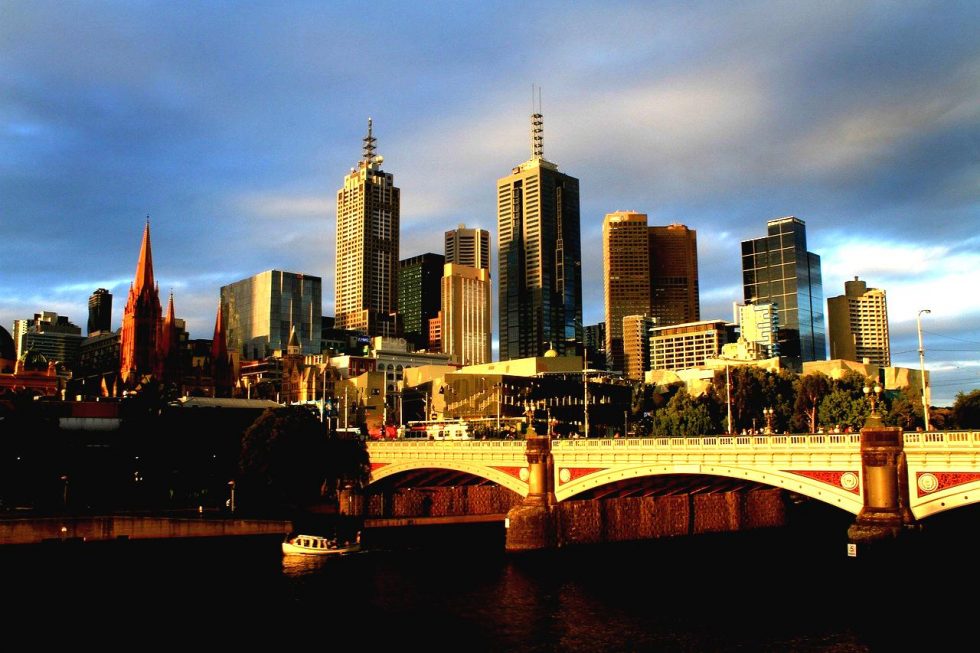Melbourne is famous for more than just the TV show Neighbours. The first Europeans to visit the now site of Melbourne was in 1803, but it wasn’t until 1835 when they decided to settle there. They had originally planned to call the settlement Batman after one of its founding fathers, John Batman, but instead they went with Melbourne, after the British prime minister William Lamb, Lord Melbourne (1779-1848). Melbourne was the capital of Australia for 26 years between 1901 and 1927. In 2004 UNESCO declared the Royal Exhibition Building in Melbourne a World Heritage site, then in 2008 UNESCO designated it a city of Literature.
Today Melbourne is the second largest city in Australia, but it is a city full of surprises and so we have compiled a list of a few unmissable parts of it that you should try and include in your itinerary. If you need any more persuading to visit it, Melbourne has been ranked as the world’s most liveable city every year since 2011 by the Economist Intelligence Unit.
Getting around Melbourne
There are two ways you can get around Melbourne, the trains or the trams. The trains serve both the inner and outer suburbs, however the tram is by far the most popular choice, especially the free City Circle tram, which loops the Central Business District (CBD) and stops close to many of the city’s best known attractions.
Melbourne neighbourhoods
Melbourne has lots of great neighbourhoods to explore: St Kilda is one of the most popular with backpackers due in part to its spectacular beach. It’s also where you’ll find the famous Luna Park. Luna Park is an amusement park located on the foreshore of Port Phillip Bay and has been operating since 1912. Williamstown is also worth visiting as it’s a great place to catch sunsets, as well as shots of the skyline overlooking the water. If shopping is your thing, then you need to visit the CBD, in particular the area around the Burke St Mall. Another neighbourhood you should check out is South Yarra, which is where you’ll find one of the city’s best known streets, Chapel St which is known for shopping.
Docklands is Melbourne’s newest neighbourhood and largest infrastructure development to date, and is also fast becoming a major tourist attraction. The Docklands area has opened up the waterfront to the CBD. The Telstra Dome, the Melbourne Star Ferris wheel, GlowGolf, public art displays and several dining precincts can all be found there.
Eating out in Melbourne
The best way to feel connected to a place, and almost certainly the most memorable part of any trip, is to eat the local food. Melbourne is famous for its restaurants and it definitely has a few streets that are infamous with eating out. Lygon St up in the Carlton neighbourhood is lined with Italian restaurants. Little Bourke St in the CBD is the heart of the city’s Chinatown. Ackland St in St Kilda is lined with places serving all types of cuisine and Victoria St in Richmond is where to head if you’re looking for Vietnamese food. You’ll find a great selection of bars on Brunswick St in Fitzroy.
Given Melbourne’s love of a tram, it comes as no surprise that the number one restaurant – the Colonial Tramcar Restaurant – is a tram. The tram restaurant takes you around the city circle route, passing by most major spots, while you enjoy delicious meals prepared by 5-star chefs.
Sports
Melbourne is the unofficial sporting capital of Australia. Not only does it host one of the four Grand Slam tennis tournaments, the Australian Open, at the Rod Laver Arena each year, but it is also the home to the Melbourne Cricket Ground, (or the MCG), the oldest sporting club in Australia. Both are located a short distance from Melbourne’s City centre in the Melbourne Sports Precinct at Yarra Park. The MCG is the largest capacity sporting stadium in Australia and the largest dedicated cricket ground in the world. It was built just 19 years after Melbourne was founded, and in 1877 the first game of Test cricket in history was played between Australia and England on this hallowed Ground. When it’s full, the MCG can seat over 100,000 people but it isn’t just the cricket that goes on here. Australians are nuts about Aussie Rules Football, so you can catch a game of that there a couple of times a week too in the winter. During the summer months international cricket matches take place including the Boxing Day Test and several one day internationals. Melbourne also has the Flemington Racecourse, where the famous Melbourne Cup horse race is held.
Parks and open spaces in Melbourne
Melbourne is such a beautiful city that to do it justice you will want to spend some time just walking around it. When you do, you will discover that Melbourne is home to some great parks and gardens to explore. Close to the CBD you will find the Queen Victoria Gardens which are popular with walkers. Beside those are the Royal Botanic Gardens which cover 38 hectares and are home to over 10,000 species of plant as well as Government House. Carlton Gardens in front of the Royal Exhibition Building are also worth checking out too. For local Melbournians though, Albert Park, in the neighbourhood of the same name, is one of the city’s best-loved parks. It’s built around Albert Park Lake and, among other things, has the most amazing views of Melbourne’s skyline.
Birrarung Marr, on the North bank of the Yarra River, between Federation Square and the National Sports Precinct, was named by the Wurundjeri Aboriginal people who originally lived in the area. Birrarung Marr is a place where you can take part in a variety of activities or simply relax against the backdrop of the Melbourne City skyline and the Yarra River.
Melbourne culture
For those who enjoy exploring the culture and history of a new place through museums and galleries, they will be in their element when they come to Melbourne. There are a whole host of venues waiting to be explored including the National Gallery of Victoria, which houses the largest art collection in Australia with over 65,000 artworks spanning thousands of years. The Immigration Museum explores the stories of people who migrated to Victoria, and for the sports fans out there, the National Sports Museum at the MCG is home to Australia’s biggest collection of sporting items. This sports collection includes: cricket legend Don Bradman’s baggy-green cap, Cathy Freeman’s gold medal-winning running suit and Ian Thorpe’s full body swimsuit, to name but a few pieces.
Melbourne Museum in the Carlton neighbourhood, north of the city centre is the city’s flagship museum. This award-winning museum has 8 galleries which focuses on everything from natural environment to culture and history.
The Block Arcade is definitely worth a visit as it was built in 1892 and modelled on the Galleria Vittoria Emanuele in Milan. The Block Arcade is a heritage listed shopping arcade situated on Melbourne’s Golden Mile and is home to the largest mosaic floor in the southern hemisphere. Its resplendent glass dome and the legendary Hopetoun Tearooms are good for all ages. Take a guided walk through the Arcade to experience a historical journey back to the early days of the Colony, and a glimpse into Melbourne’s rich and colourful history.
For those who like a little flutter, the Crown Casino on the Yarra River is famous for being the largest gambling centre in the southern hemisphere. The Crown Entertainment Complex also includes one of Melbourne’s best hotels – the Crown Towers, restaurants, boutiques and cinemas.
For the lovers amongst you, the Love Lock Bridge at Southgate is an architectural masterpiece and citywide symbol of love. Located in the heart of the city, the footbridge that crosses the Yarra River has thousands of padlocks attached to its sides. You will find it close to Flinders Street Station and it is a popular way of showing your love for someone by attaching a lock to the railing and throwing the key into the river. This has grown to become one of the most popular visitor destinations over the past 10 years due to the huge number of locks and the lovely gesture it stands for.
Day Trips From Melbourne
The Great Ocean Road is number one on this list because of Melbourne’s amazing proximity to this most breathtaking of spots. It is only natural that we include it here, even though it isn’t technically in Melbourne itself, but it can be done on a day trip out of Melbourne. It is one of the world’s most famous coastal drives, passing by surfing’s Bells Beach, as well as meandering through seaside towns such as Lorne and Apollo Bay. However by far the highlight of the Great Ocean Road is a collection of limestone towers known as the 12 Apostles. These 12 Apostles are one of Australia’s most iconic landmarks and not to be missed!
Other day trips include:
- The Yarra Valley region – producer of fantastic wine, with beautiful rainforest scenery nearby.
- The Mornington Peninsula – its wineries, beaches and the Arthurs Seat lookout are worth a visit.
- The Surf Coast near Geelong – has excellent surf beaches and the spectacular views of the Great Ocean Road.
- Phillip Island – home of the Australian Motorcycle Grand Prix, but also has one of the few easily accessible colonies of little penguins.


